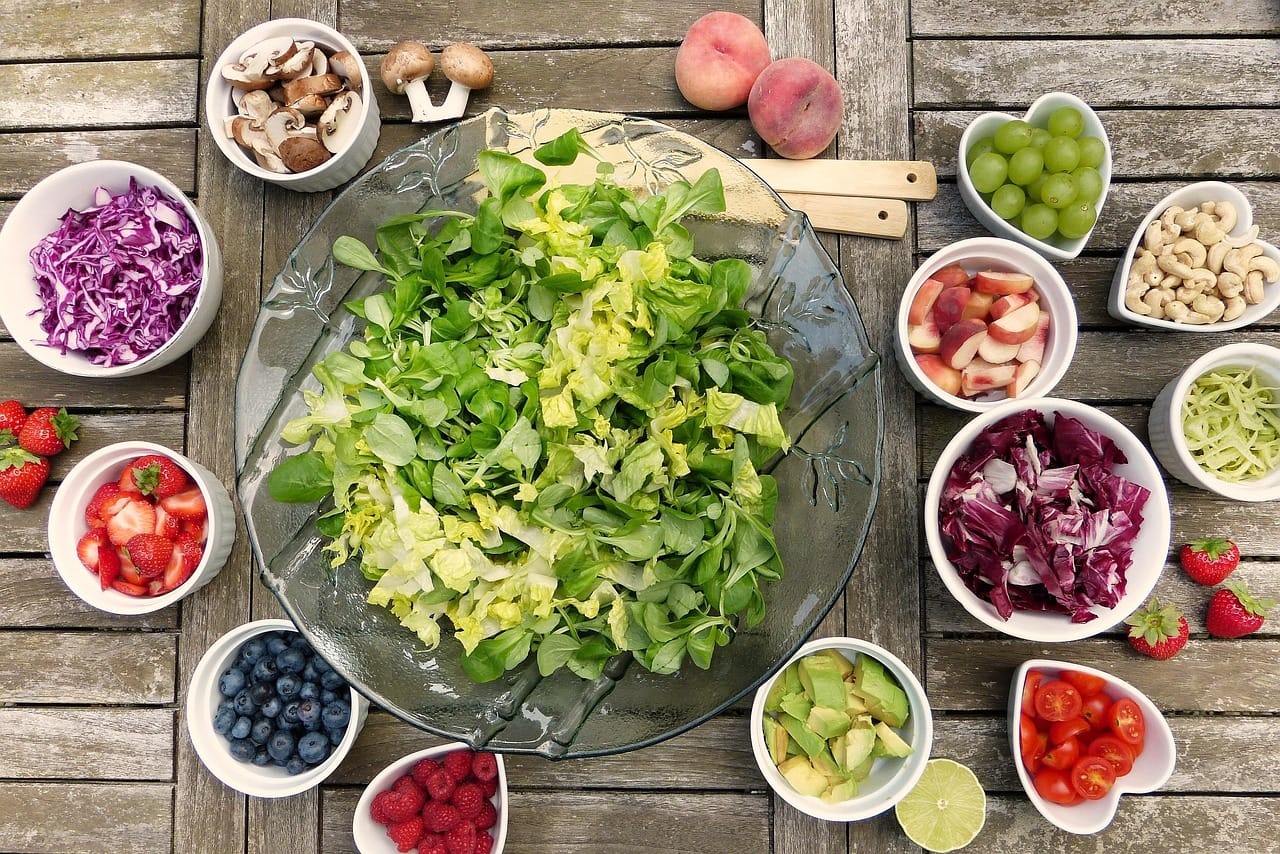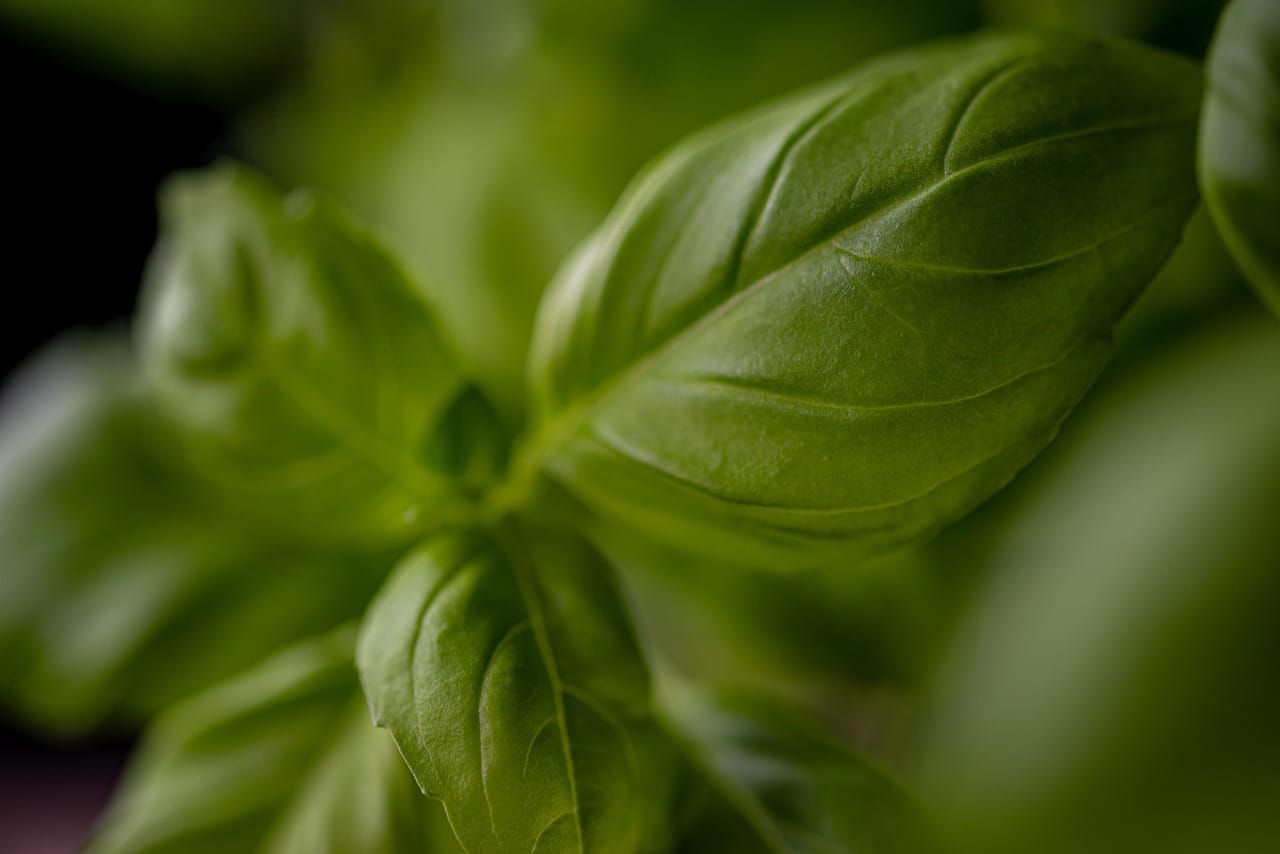Forget everything you thought you knew about pasta being “bad for you.” There’s a world of delicious and nutritious possibilities beyond the refined white stuff, and it starts with whole grain pasta. This hearty alternative offers a satisfying texture, nutty flavor, and a wealth of health benefits that make it a worthy staple in any balanced diet. In this guide, we’ll delve into the world of whole grain pasta, exploring its nutritional advantages, cooking tips, and delicious ways to incorporate it into your meals.
What Exactly is Whole Grain Pasta?
Understanding Whole Grains
Whole grain pasta, unlike its refined counterpart, is made using the entire grain kernel, which includes the bran, germ, and endosperm. The bran is the outer layer rich in fiber, the germ contains vitamins and minerals, and the endosperm provides carbohydrates. Refining grains removes the bran and germ, stripping away many of the nutrients.
Whole Grain vs. Refined Pasta: The Key Differences
The most significant difference between whole grain and refined pasta lies in their nutritional profiles. Refined pasta is primarily composed of carbohydrates and lacks the fiber, vitamins, and minerals found in whole grains. This difference directly impacts how your body processes the pasta, leading to different effects on blood sugar levels and overall health.
- Nutrient Content: Whole grain pasta boasts higher amounts of fiber, iron, magnesium, and B vitamins.
- Glycemic Index (GI): Due to the higher fiber content, whole grain pasta typically has a lower GI, meaning it’s digested more slowly and causes a more gradual rise in blood sugar.
- Taste and Texture: Whole grain pasta has a slightly nuttier flavor and a chewier texture compared to refined pasta.
The Health Benefits of Choosing Whole Grain Pasta
Fiber Powerhouse
One of the biggest advantages of whole grain pasta is its high fiber content. Fiber plays a crucial role in digestive health, helping to regulate bowel movements, prevent constipation, and promote a healthy gut microbiome.
- Improved Digestion: Fiber adds bulk to the stool, making it easier to pass and preventing digestive issues.
- Blood Sugar Control: Soluble fiber helps to slow down the absorption of sugar into the bloodstream, helping to stabilize blood sugar levels.
- Cholesterol Management: Fiber can help lower LDL (bad) cholesterol levels by binding to cholesterol in the digestive system and preventing its absorption.
Essential Vitamins and Minerals
Whole grain pasta is a good source of essential vitamins and minerals that contribute to overall health and well-being.
- B Vitamins: Important for energy metabolism and nerve function.
- Iron: Crucial for carrying oxygen throughout the body.
- Magnesium: Involved in numerous bodily functions, including muscle and nerve function, blood sugar control, and blood pressure regulation.
- Selenium: An antioxidant that protects cells from damage.
Weight Management Aid
The high fiber content in whole grain pasta can also contribute to weight management by promoting feelings of fullness and satiety, which can help reduce overall calorie intake.
- Increased Satiety: Fiber slows down digestion, helping you feel fuller for longer.
- Reduced Calorie Intake: By feeling fuller, you may naturally eat less at meals and between meals.
Cooking with Whole Grain Pasta: Tips and Tricks
Cooking Times and Texture
Whole grain pasta typically requires a slightly longer cooking time than refined pasta. It’s essential to follow the package directions and test the pasta for doneness frequently.
- Doneness Test: The pasta should be cooked al dente, meaning “to the tooth” in Italian. It should be firm to the bite but not crunchy.
- Avoid Overcooking: Overcooked whole grain pasta can become mushy.
Pairing Sauces and Flavors
The nutty flavor of whole grain pasta pairs well with a variety of sauces and ingredients. Experiment with different combinations to find your favorites.
- Hearty Sauces: Tomato-based sauces, pesto, and cream-based sauces complement the robust flavor of whole grain pasta.
- Vegetables: Pair with roasted vegetables, sautéed greens, or a vibrant veggie-packed sauce.
- Protein: Add lean protein sources like grilled chicken, fish, or beans for a complete and balanced meal.
Practical Cooking Tips
- Use Plenty of Water: Ensure the pasta has enough room to cook evenly.
- Salt the Water: Salting the cooking water seasons the pasta from the inside out.
- Don’t Rinse: Unless you’re using the pasta for a cold salad, avoid rinsing it, as this can remove starch that helps sauces adhere.
- Save Pasta Water: Reserve some of the starchy cooking water to add to your sauce, which can help thicken it and create a smoother consistency.
Delicious Whole Grain Pasta Recipes
Simple Tomato and Basil Pasta
This classic recipe is a quick and easy way to enjoy the flavor of whole grain pasta.
- Ingredients: Whole grain pasta, canned diced tomatoes, fresh basil, garlic, olive oil, salt, and pepper.
- Instructions: Cook pasta according to package directions. While pasta cooks, sauté garlic in olive oil. Add diced tomatoes and basil. Season with salt and pepper. Toss cooked pasta with sauce and serve.
Pesto Pasta with Roasted Vegetables
This recipe is a vibrant and nutritious way to incorporate more vegetables into your diet.
- Ingredients: Whole grain pasta, pesto, roasted vegetables (such as bell peppers, zucchini, and eggplant), cherry tomatoes, Parmesan cheese (optional).
- Instructions: Cook pasta according to package directions. Roast vegetables with olive oil, salt, and pepper. Toss cooked pasta with pesto and roasted vegetables. Garnish with cherry tomatoes and Parmesan cheese (if desired).
Whole Grain Pasta Salad
This cold pasta salad is perfect for picnics, potlucks, or a light lunch.
- Ingredients: Whole grain pasta, cucumber, bell peppers, red onion, olives, feta cheese, Italian dressing.
- Instructions: Cook pasta according to package directions and rinse with cold water. Combine pasta with cucumber, bell peppers, red onion, olives, and feta cheese. Toss with Italian dressing and chill before serving.
Choosing the Right Whole Grain Pasta
Reading Labels
When shopping for whole grain pasta, carefully read the labels to ensure you’re getting a truly whole grain product.
- Look for “100% Whole Wheat” or “Whole Grain” as the first ingredient.
- Check the Fiber Content: A good whole grain pasta should have at least 3 grams of fiber per serving.
- Be Wary of “Multigrain”: “Multigrain” doesn’t necessarily mean whole grain. It simply means the product contains multiple types of grains, which may or may not be whole.
Exploring Different Varieties
Whole grain pasta comes in various shapes and sizes, just like refined pasta. Experiment with different varieties to find your preferences.
- Spaghetti: A classic choice for tomato-based sauces.
- Penne: Great for chunky sauces and baked dishes.
- Fusilli: The corkscrew shape holds sauces well.
- Rotini: Similar to fusilli but with tighter spirals.
- Elbow Macaroni: Perfect for macaroni and cheese.
Conclusion
Whole grain pasta is a versatile and nutritious alternative to refined pasta that offers a wealth of health benefits. From its high fiber content to its essential vitamins and minerals, whole grain pasta can contribute to improved digestion, blood sugar control, and overall well-being. By following the tips and tricks outlined in this guide, you can easily incorporate whole grain pasta into your diet and enjoy its delicious flavor and satisfying texture in a variety of dishes. So, ditch the refined stuff and embrace the goodness of whole grains – your body will thank you for it!




